Medical Students Organize Annual Conference to Celebrate the Black Medical Community
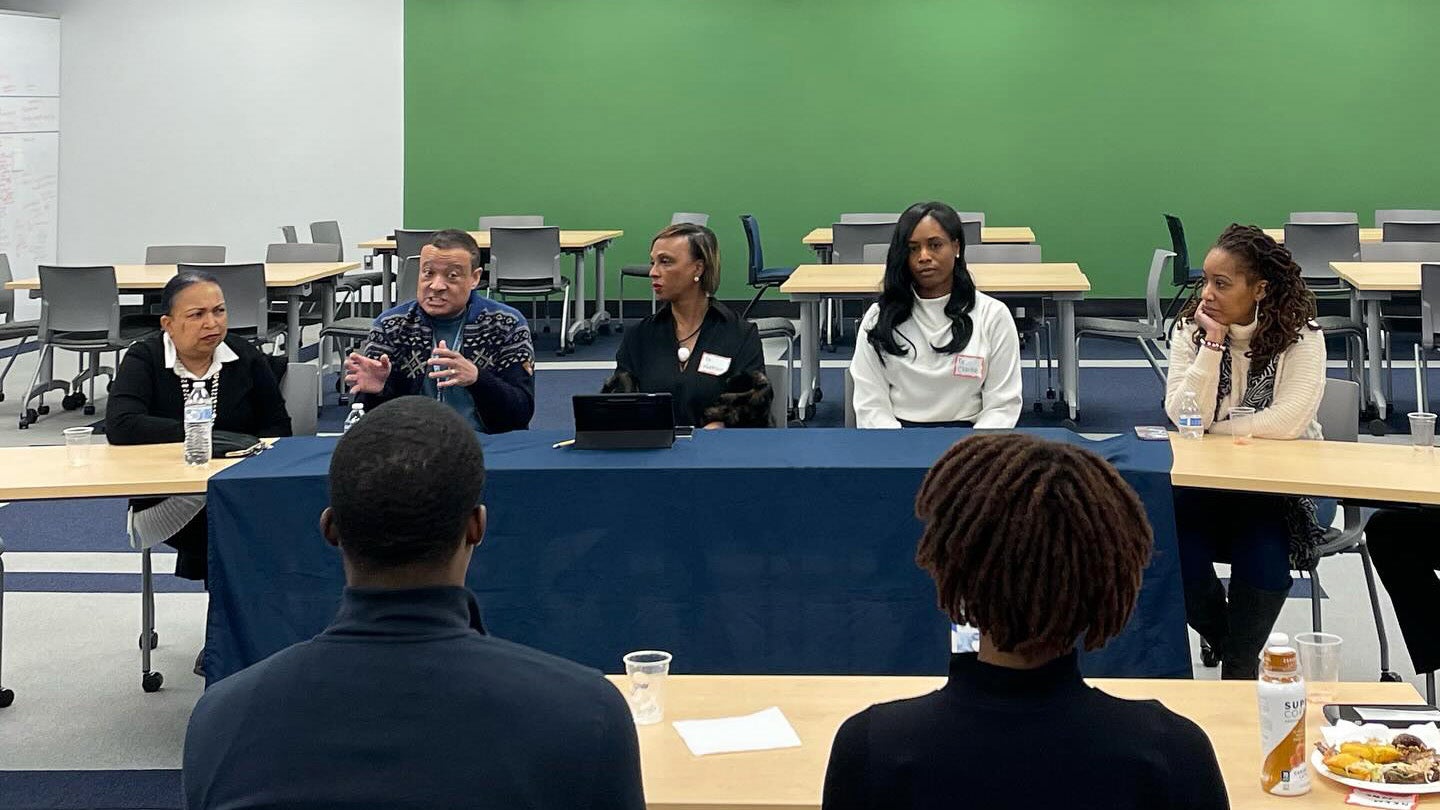
Posted in News Stories | Tagged community in diversity, medical education, student events, student mentorship, Student National Medical Association
(February 23, 2024) — To mark Black History Month, members of Georgetown’s Student National Medical Association (SNMA) organize an annual conference at the School of Medicine for underrepresented medical students, residents, premeds and the general public. This year’s theme, “Expressions of Excellence,” celebrates the achievements and resilience of the Black medical community.
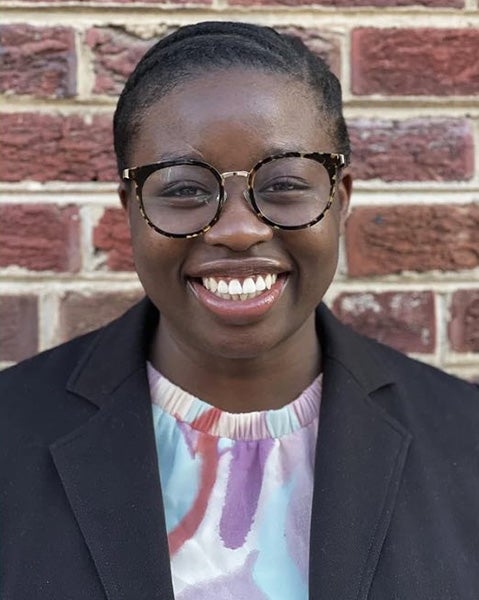
“The idea behind the theme is to foster the excellence in all of us through being in community,” said Phoebe Ato (M’27), SNMA events chair and one of the conference’s organizers along with Jeremiah Olabosipo (M’27) and Courtni Foster (M’27), SNMA president and vice-president respectively.
“Community is everything, especially as a minority in medical school,” said Foster. “It can be hard to find community. We want underrepresented students to feel supported. That’s why we are doing this conference, so they know that they have someone to champion them and point them to resources to excel.”
This year’s conference, which attracted over 100 medical students from the Washington, DC, area, including students from George Washington University, University of Maryland, Howard University and the Uniformed Services University, hit a last-minute complication when a snowstorm descended on the area the night before the February 17 event. The jam-packed Saturday schedule was cut short to accommodate a midday start time.
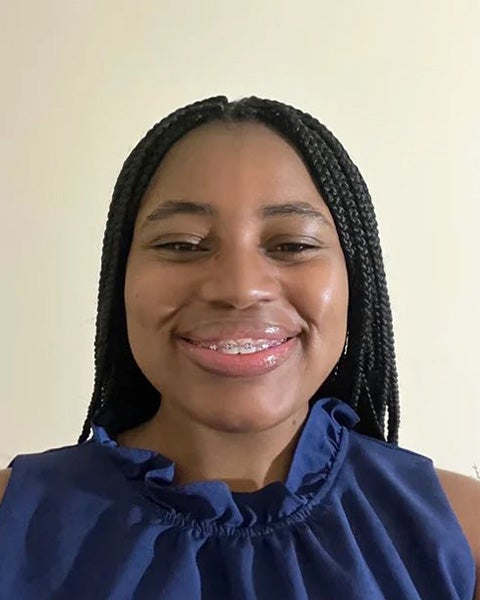
“We were completely heartbroken that Saturday’s inclement weather caused us to postpone [the start of] the conference,” said Ato. “But I’m grateful we were still able to gather and learn from each other, even though it was not what we planned.”
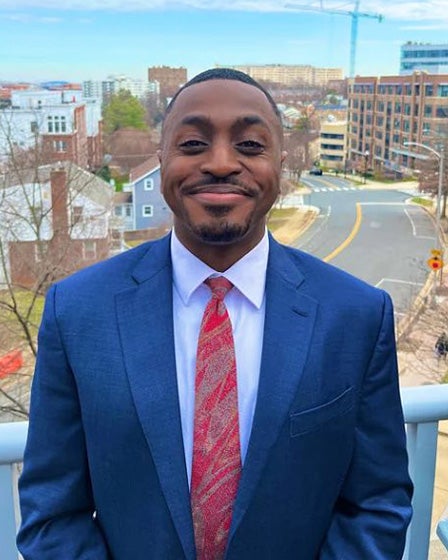
The conference’s kickoff event, a Friday-night networking event, still took place as planned.
“The Art of Networking was a smashing success — all physicians and students who attended gave us feedback that they were excited to come together,” said Olabosipo.
Ato added that the response from Saturday’s conference attendees was also overwhelmingly positive. “Many [attendees] were greatly impacted by the conversations, stories and lessons drawn from our time together.”
Mission-Driven Conference
The student leaders of Georgetown’s SNMA believe their organizing efforts are helping fulfill the mission of the SNMA in supporting current and future underrepresented minority medical students, addressing the needs of underserved communities, and increasing the number of clinically excellent, culturally competent and socially conscious physicians.
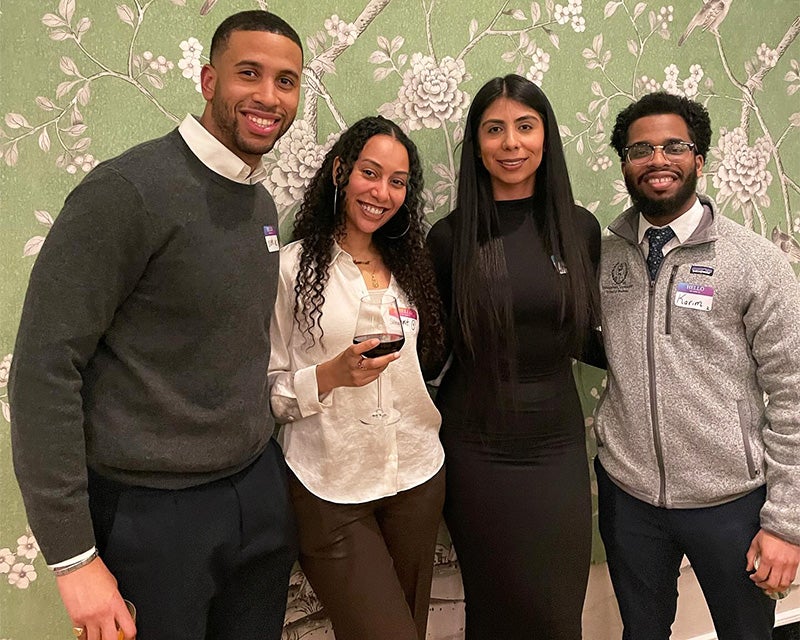
“We know there are fewer Black and brown faces in medical schools,” said Olabosipo. “But this conference provides a space for underrepresented minorities to tell their stories and have their classmates empathize with the challenges they may have faced in getting into medical school.”
Olabosipo, who credits his success with the mentorship he received as an undergraduate, sees the conference as a space for underrepresented pre-med students to connect with current medical students and hear about their journeys to get into medical school.
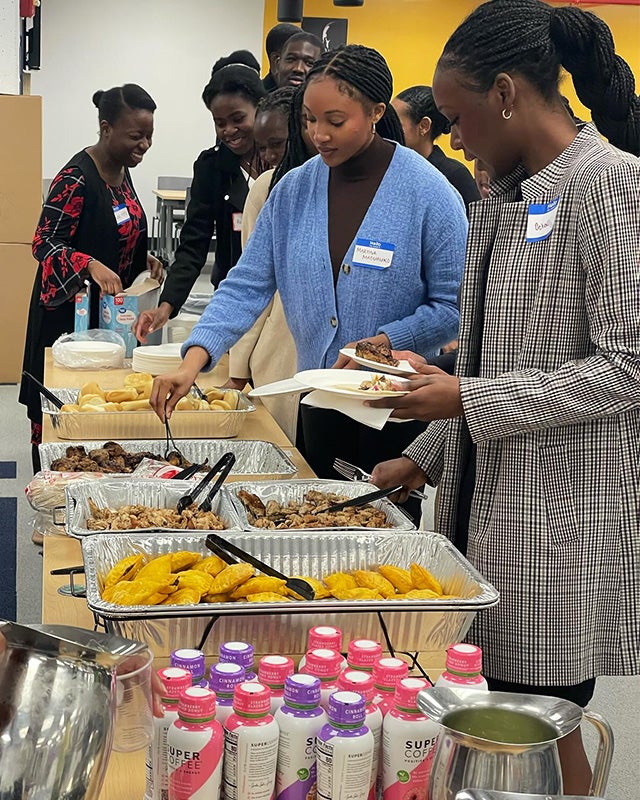
“It really helps to hear from other Black and brown medical students about what hurdles to avoid and just that you are not alone — there’s a community that wants to support you,” said Olabosipo.
SNMA leaders invited community physicians to think through the needs of underserved communities in DC as part of the conference’s programming.
“It’s important for everyone to understand what kind of health equity issues are present in the area, because this is the community you will be serving for at least the next four years while in medical school,” said Foster.
In discussing the group’s effort to increase the number of underrepresented physicians, Foster noted that less than 6% of physicians are Black or brown, despite representing 13% of the overall population.
“We need diverse physicians because we have diverse patient populations,” said Olabosipo. “Our patients need for us to increase the number of underrepresented medical students so that we have more physicians from different ethnicities and cultures that are able to connect with and serve our communities.”
Heather Wilpone-Welborn
GUMC Communications
